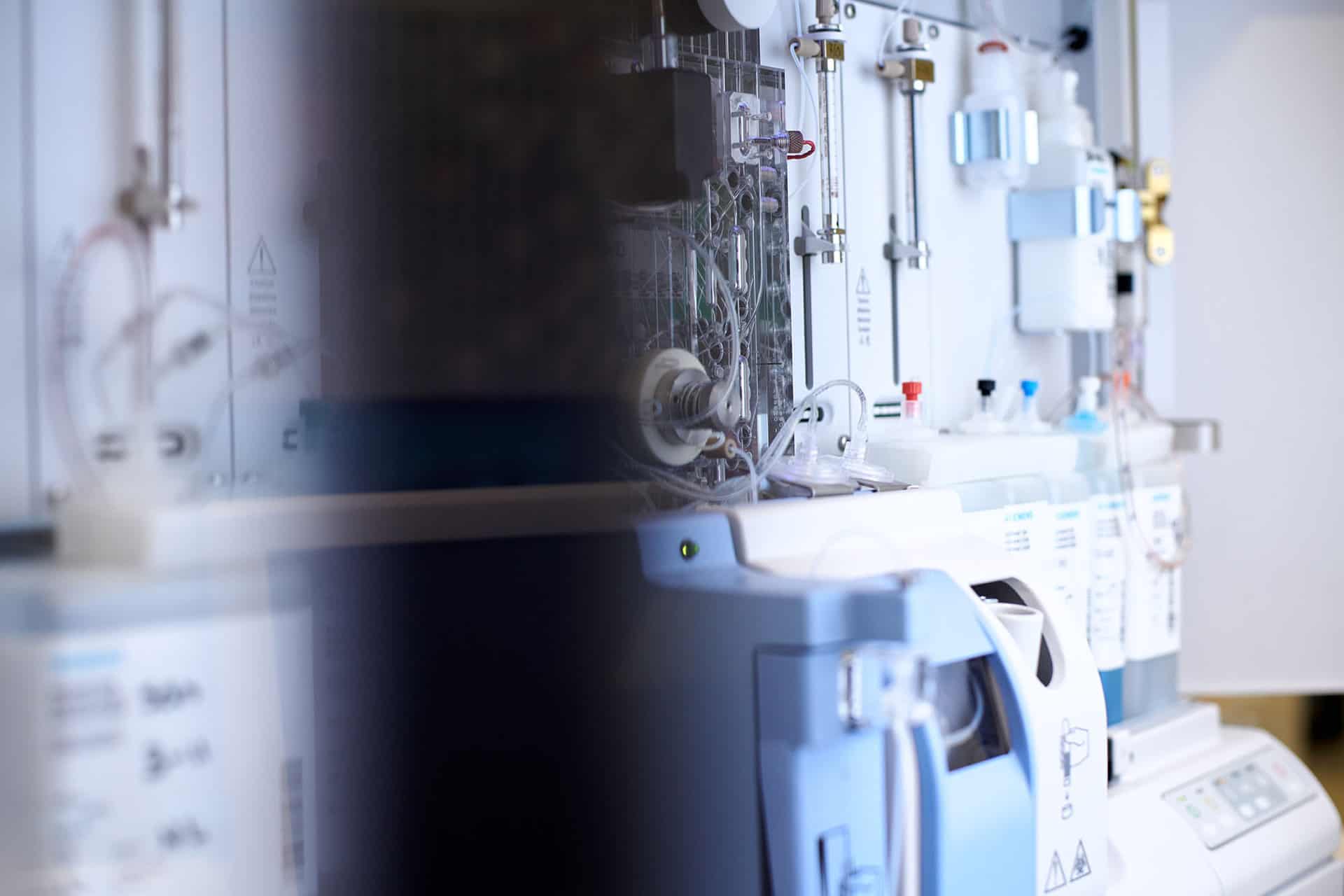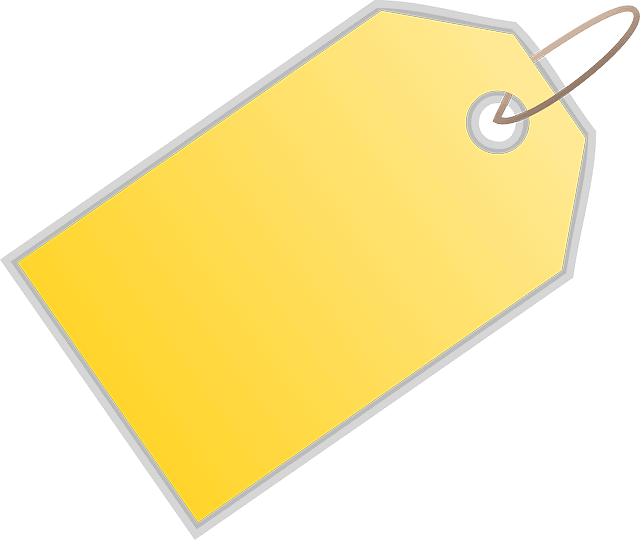Bobbin thread is one of the unseen elements of quilting and embroidery. However, it is also one of the most essential. When this thread is at its highest quality, the machine operates most smoothly and leaves less lint behind. Bobbin may be available in pre-wound or spool forms. Spools require that the user know how to wind the thread, so the novice user may want to look into pre-wound forms until he or she is used to the machine.
Bobbin thread typically comes in either cotton, cotton-wrapped polyester, filament polyester or spun polyester. The right thread is a matter of personal preference. For instance, quilters usually prefer cotton thread because it keeps the fiber content consistent with the batting, fabric and top thread. Some may even use it for embroidery, but cotton tends to leave a stiff design. If cotton is chosen, it needs to be a high quality cotton because lower quality cotton leaves more lint.
Cotton-wrapped polyester and spun polyester may also be used in quilting since it is stronger than cotton. It does not have a slick surface but can grab the top thread too tightly resulting in breakage and uneven stitches. Filament polyester is the shiny choice and leaves virtually no lint. Even though it is lightweight, it is also strong. This slick bobbin thread may be ideal for those who have trouble using metallic or heavy cotton threads.
No matter the choice of bobbin thread, it is important to keep it tight. In this case, a pre-wound bobbin may be the ideal since it does not require the user to wind the bobbins him or herself. Furthermore, pre-wound bobbins hold more thread than self-wound bobbins, so there is little to no need of stopping to change the bobbin in the middle of embroidery or quilting project.




